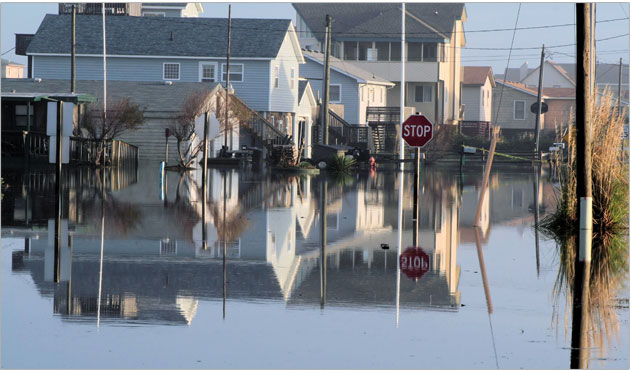Flood Damage Public Adjuster
A FLOOD LOSS CAN BE EXTREMELY DEVASTATING AT ANY LEVEL
A Flood loss can be extremely devastating at any level, Surface Water entering your Home or Business, can represent a few Inches, and quickly rise to several Feet. Flood loss damage will vary, as well as the level of Structural Damage, by the type of Flood Exposure. For example, Flood Waters that are driven with a “Velocity or Flow”, i.e. Storm Surge, River Overflows, Levee Breaches, etc. can cause significantly more Structural Damage, when you consider the Weight and/or Pounds per Square Inch, when also calculating Water Force and/or Pressure. The alternative, Flooding event, would be without significant “Velocity or Flow”, i.e. Flood Water which gradually Rises, more of a Ponding Affect. Both resulting in Significant Loss and Damage to Buildings and their Contents.
Floods represent a significant Peril facing U.S. “States”, some states and specific geographic areas of those States are more prone to Flood then others, these areas are also known as “Special Flood Hazard Areas” or “SFHA”, which represent Areas, which have succumbed to Flooding Levels within the last 100 Years. The respective Flood Levels are continually Recorded, (Resulting in New Building Construction and/or Substantially Improved Existing Structures to be Elevated above previous Flood Levels).
As you can imagine, Flood Exposures vary, but primarily the entire Coast Line, subject to Flood Surge is considered SFHA, including the River Banks of all Rivers and Major Contributories throughout the Country, this in addition to Geographically Lower Ponding Areas, i.e. Accumulation SFHA Zones, all posing Flood Hazard. Flooding potential can increase by active Hurricane or Coastal Storms driving a Flood Surge and/or Tidal Overflow, as well as Rainfall Accumulation and/or Snow Melt resulting in Rivers, Levees and Other Bodies of Water Overflowing their Banks, or just resulting in low lying areas, being Flooded.

Most insurance policy, will Limit or Exclude Flood Coverage, requiring Separate Limits be secured either by Endorsement of the Existing Policy or purchase of a Separate Flood Policy. As a result the National Flood Insurance Program was established, as many of the national insurance carriers refused to offer the Peril of Flood under their Policies. Resulting in a large uninsured loss exposures, which prior to NFIP was only subsidized by a Federal Disaster Grant and/or Loan.

Flooding is the Number 1, CAT Exposure Facing the U.S. you are 3 Times More Likely to have a Flood Loss then a Fire Loss on a 30 Year Mortgage Flood Loss Averages, can swing significantly from year to year, driven by Hurricane and other CAT Events, as you can see, per the Chart Below, per the NFIP FLOOD PAYMENTS ISSUED annually, from 1980-2013, (NOTE: same does not represent PRIVATE MARKET FLOOD PAYMENTS, nor does it represent NON INSURED FLOOD DAMAGES), Super Storm Sandy representing 8.7B in Loss Payments, the only higher event was Katrina representing 17.7B.
PLC and our Global Team of Loss Experts stand ready to assist You, Our Client, ensuring Your Maximum and Expedited Claim Recovery!!!